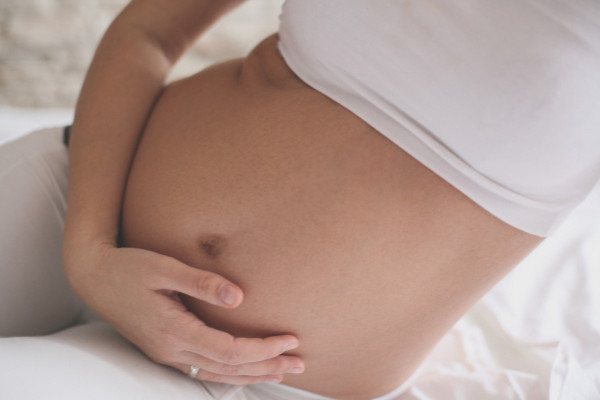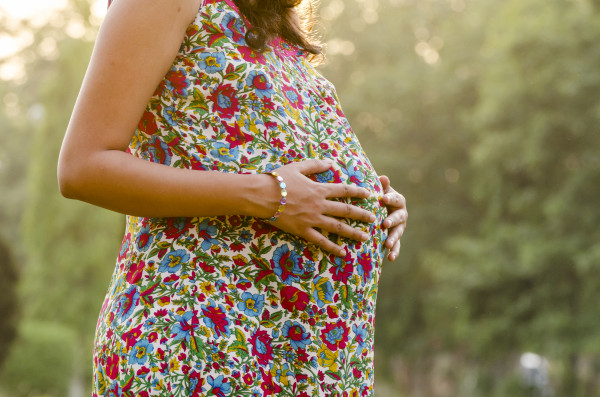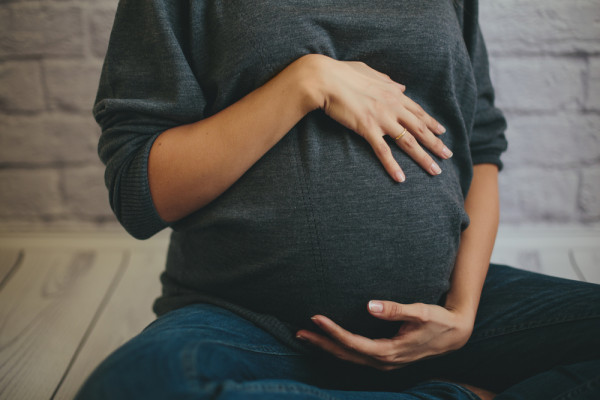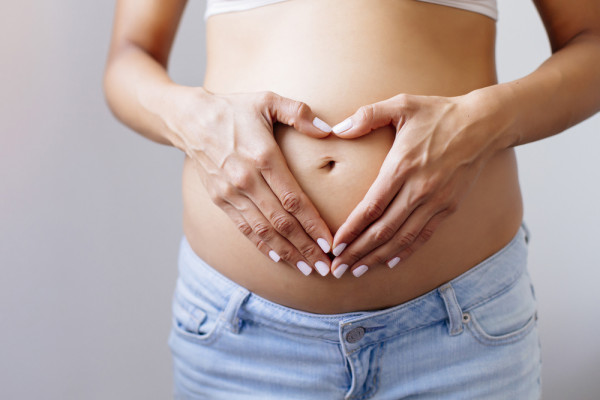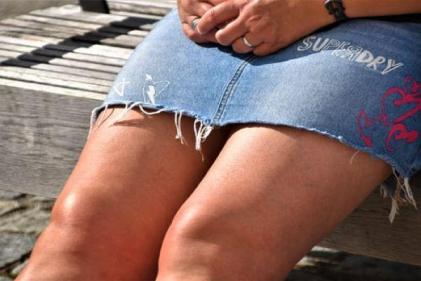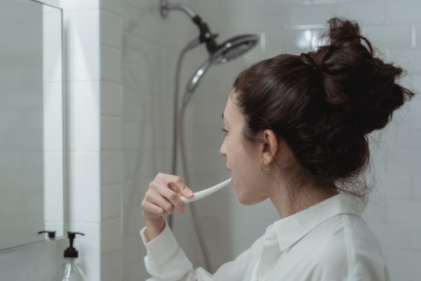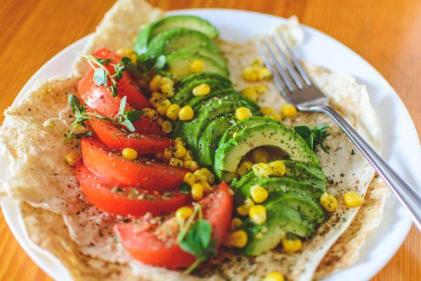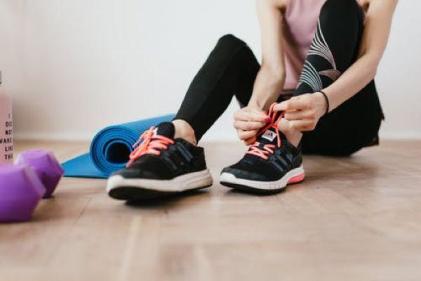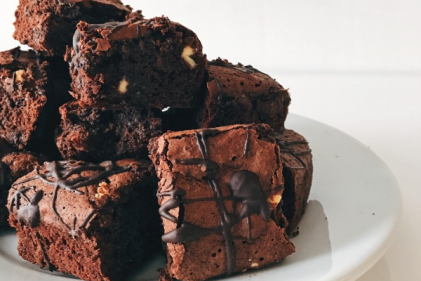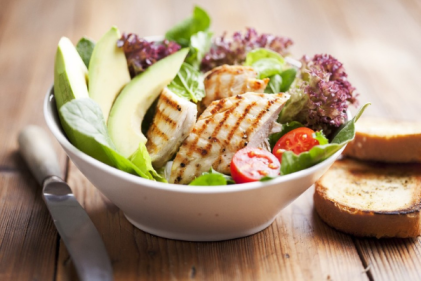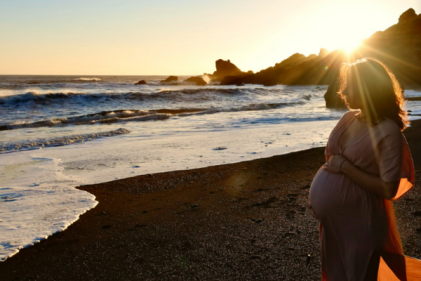Motherhood can sometimes feel incompatible with being glamorous; the whole process can go right out the window if you’re worried about ingredients or don't have time to go to the loo, let alone decode the jargon found on self-tanning labels. There's lots of conflicting information too surrounding fake tan use during pregnancy. Creator of the latest tanning sensation - Lynsey Bennett breaks it down from whether you should fake tan while pregnant to ingredients to avoid.
“Feeling good about yourself as a new mother is notoriously difficult. I run a busy spa in the centre of Belfast. We have done more than 15,000 spray tans over the years since we opened! Before I was pregnant I would have a weekly spray tan! But when I was pregnant with my twins, I was knackered, stressed and concerned about whether it was safe to have a spray tan. The fact is, some of what we put on skin gets absorbed into bloodstream; think about nicotine patches etc.”
“Similarly if you get a spray tan all over your body and it soaks into your skin all day, you’re absorbing chemicals including DHA. While DHA the ingredient that creates the tanning effect is perfectly safe to use during pregnancy, most women who have ever had a spray tan will tell you, it’s impossible not to inhale some of the tanning mist in a tanning booth.”
“When I was pregnant I started to scrutinise beauty labels in a way that I never had before, checking for any nasties. I became so frustrated by the lack of natural tanning products available that I felt were 100% safe to use during pregnancy. I decided to create a mum (and baby) friendly tan, along with two my sisters Sara & Leah. We were very lucky as my brother is a scientist and he helped to develop the formulation.”
“We had a long list of asks. Some of which were non-negotiable! First it had to be organic, it had to nourishing, it had to be luxurious and it had to be quick drying! It had to have serious skincare benefits too - to put back what baby takes out!”
“Skin changes are very common during pregnancy, but the ones that tend to be the most bothersome to mums are stretch marks, skin that overnight becomes sensitive, patchy and flaky skin or dry skin. There are also pigment changes, often called the mask of pregnancy. The medical term is melasma or chloasma and it can appear on the face around the eyes and over the cheeks and nose and even on the pregnancy bump, due to an increase in melanin production.”
Is it safe to use a fake-tan during pregnancy?
“It's probably best to avoid spray tans, because the effects of inhaling tanning mist through the mouth, nose and lungs while breathing or through unprotected membranes like your eyes are not known. Choose a self-tan lotion or gel.
It’s well documented that only 0.5% of DHA is absorbed through the skin and that this amount of DHA is safe during pregnancy even if it crosses the placenta. It's generally considered safe to use self-tanning creams and lotions during pregnancy.”
What about spray-tan if you are breast feeding?
“No matter which way you are self-tanning, it’s best to protect your nipples if you are breastfeeding so that baby won’t be put in direct contact with a self-tan formulation. This can be done by applying a barrier cream like Vaseline to the nipple area before you apply the self-tan.
What sort of ingredients in a self-tan should you avoid?
“I would advise pregnant women to skip using products that contain the following ingredients for the duration of their pregnancy and a little longer if they're breastfeeding to avoid any potential risks.
1. Mineral oil – a derivative of petroleum. It's used in a lot of self-tan formulations because it's a cheap carrier, creates slip and assists with spreadability.
2. Artificial fragrances and colours — many fragrances used in tanning products are created from petrochemicals and many chemicals used to create scents are known carcinogens (e.g. methylene chloride).sunless tanners are not a substitute for sunscreen, so if you put them on and are going outside, you must use a sunscreen as well.
3. Sodium hydroxymethylglycinate — this masquerades as a ‘natural preservative’ and in high concentrations is a skin and eye irritant. It's also been found to contain formaldehyde (added during processing) and may break down into formaldehyde once it has permeated the skin.
4. Parabens – a chemical preservative which gives a product additional shelf life.”
Advice on application tips during pregnancy.
The three step no-fail technique to do a self-tan when you are pregnant:
Step 1: Prep - Create a smooth canvas for your tan.
Step 2: Tan - Choose a natural looking shade.
Step 3: Boost - Those perfecting finishing touches of highlight and shimmer can make a huge difference.”

